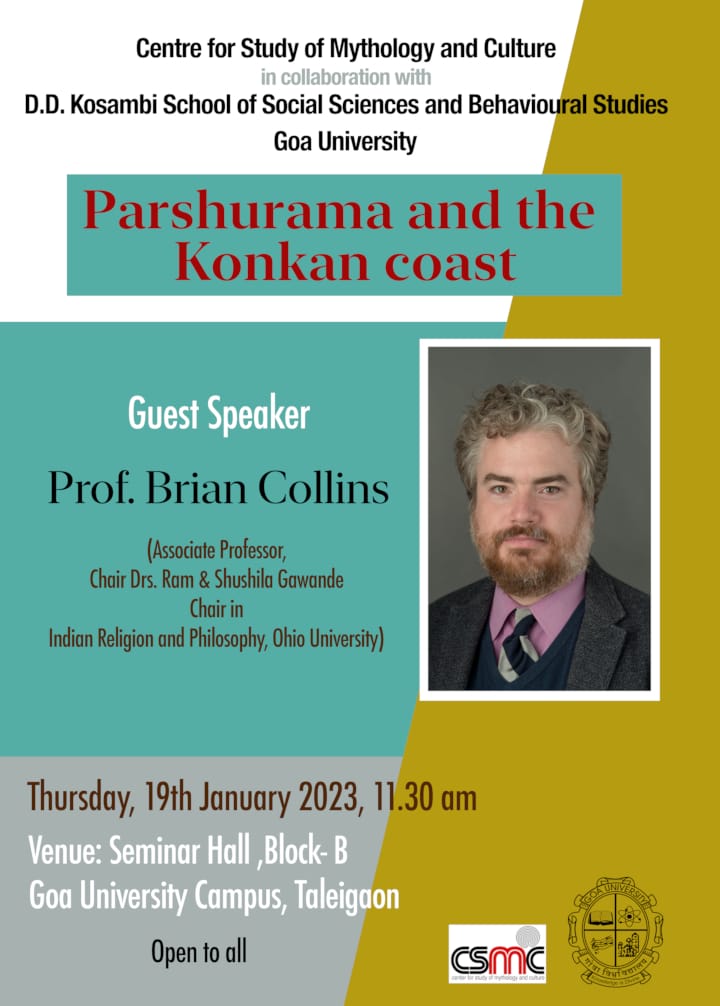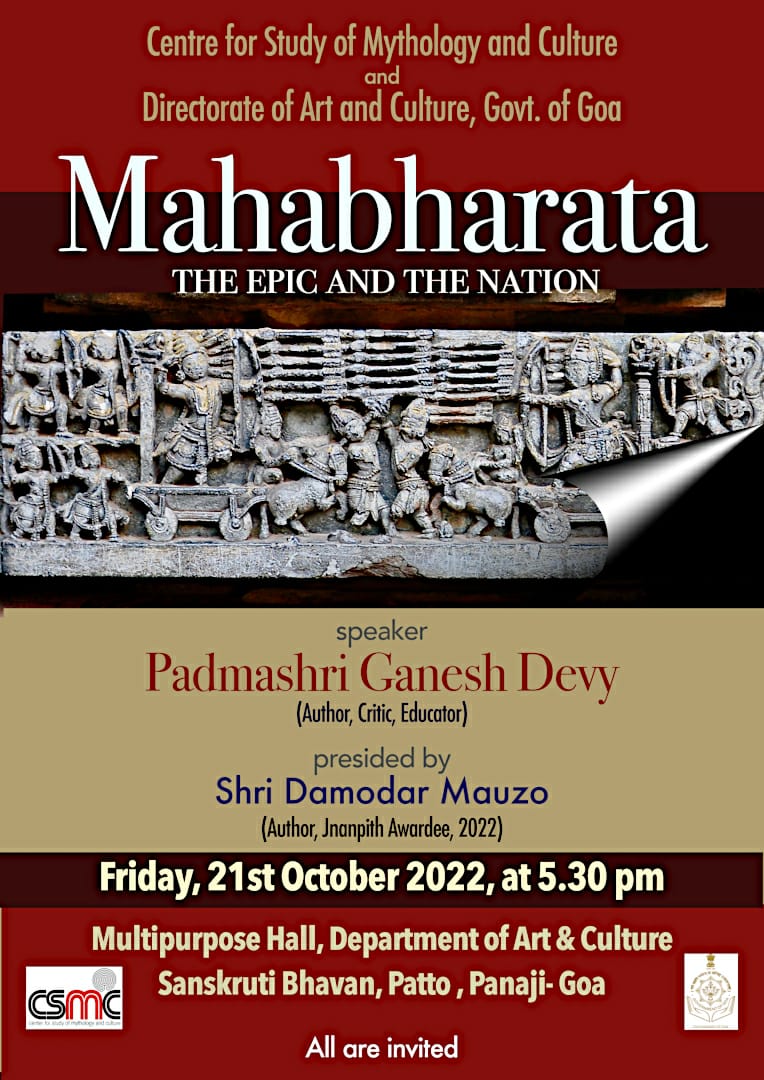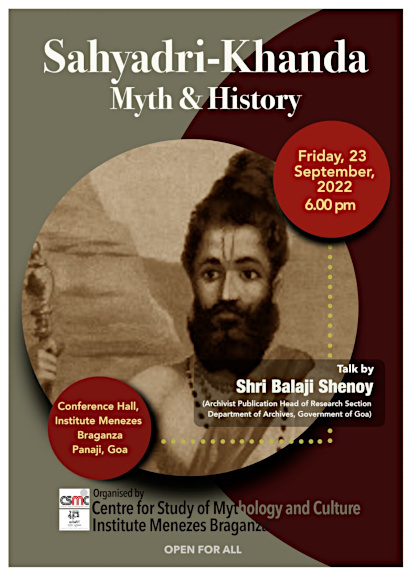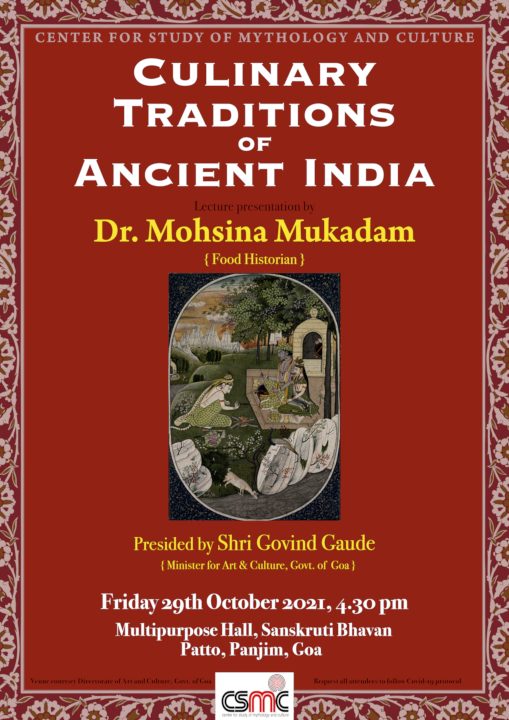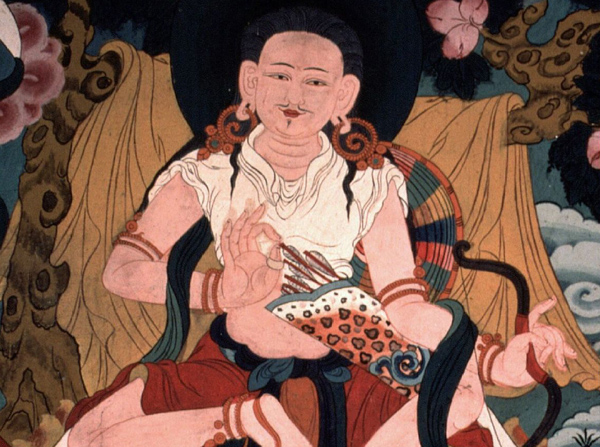
Jempel, the Bhutanese cultural guide who came to welcome us at Paro airport, was dressed in Gho or go- the traditional Bhutanese dress worn by men. Gho is a knee-length robe tied at the waist by a cloth belt known as the kera. On our way to our hotel, Jempel entertained us with his stories and impressed us with very fine details of Bhutanese history. It was evident that he really loved his job as a cultural guide.
Our favourite among the stories we listened to were the tales of Lama Drukpa Kunley, the divine mad man. Jempel’s eyes would shine whenever he would tell the story of Drukpa Kunley. A mischievous smile would break out, his voice would crackle, and he would begin by clearing his throat. “ Drukpa Kunley was a raving mad man and a poet, but also a highly respected Buddhist Lama who freed Bhutan from evil forces”.
Drukpa Kunley counts among the most celebrated adepts of Buddhism from the Himalayan region. He belongs to the tradition of ‘crazy wisdom’– a legitimate Buddhist path and form of conduct which may include actions that would appear to be irrational or ‘crazy’, but are in fact part of the practitioner’s decipline toward his/her own liberation- He used poetry, song, dance, humour, liquor, and not least sex to teach spiritual lessons. In Bhutan, Drukpa Kunley is seen as a cultural hero around whom are spun a web of stories and legends. Drukpa is also worshiped in the phallic form as ‘flaming thunderbolt’ and is a lucky charm according to Bhutanese belief. The story below tells how Drukpa in his crazy state created a magical animal called Takin.
Armed with a bow and arrow in one hand and the thunderbolt in another, Drukpa roamed naked on mountains of Bhutan in freezing weather. Wandering around he reached a village in his naked form. The village elders prostrated before the lama, and asked “ You are a great lama. So why do you behave like an idiot and roam around like this?” Drukpa smiled and asked for the meat of a goat and cow along with bones and skin to be served him. People were bewildered by such an outlandish demand by the lama, but they relented and brought a cow and a goat and presented them to Drukpa. He ate the whole goat and the cow right in front of the crowd. Villagers stood stunned seeing Drukpa gobble up two huge animals in one go without pausing. Having finished eating the flesh, bones, and skin of the animals, Drukpa got up, and snapped his fingers in the air and opened his mouth wide. A strange creature with the head of a goat and the body of a cow wriggled out of his wide open mouth. The creature was a combination of a cow and goat, that he had swallowed moments ago and it was named Takin. Today, Takin is the revered national animal of Bhutan. It is also called cattle chamois or gnu goat.
As you enter Punakha valley you begin noticing the most unusal sight of large phallic graffiti painted on the doors, walls, house entrances, and shops. Legend has it that a demoness named Loro Duem was terrorising the locals by controlling either side of Dochula Pass and no one was able to cross it. So people approached Lama Drukpa and requested to get rid of the demoness. It is said that when the lama set about the task of destroying her, she turned herself into a grey dog and rushed to the top of a mountain. Drukpa Kunley followed her and trapped her with his mighty penis in a chorten or stupa. She finally accepted Drupka as her master and became his desciple. This is the spot where the temple of Chimi Lhakhang stands today and is known for its power to bestow fertility. After this event the village of Punakha began to rever the penis motif as a divine and protective symbol, and started the practice of painting it on the entrances of buildings and doorways of their homes.
Lama Drukpa Kunley’s unconventional ways of teaching and socially unacceptable behaviour, challenged the preconceived notions of Buddhism and liberated the religion from strict and dogmatic religious practices. As a master, he was a poet and many of his teachings are immortalised through his own words.
Here is a fine example of song about the pleasure
A young woman finds pleasure in love.
A young man finds pleasure in sex.
An old man finds pleasure in his memoirs.
This is the doctrine of the three pleasures.
Who does not know the truth, is confused.
Those who have no goals, can not sacrifice.
Those who have no courage, can not be a Yogi.
This is the doctrine of the three missing things.
Even if a person knows the way of wisdom; without practicing there is no realization.
Even if a master shows you the way, you have to go it by yourself.
Story collected by: Vidya Kamat
Story told by : Jempel – Cultural guide
Location : Paro, Bhutan
Image source: Wikipedia
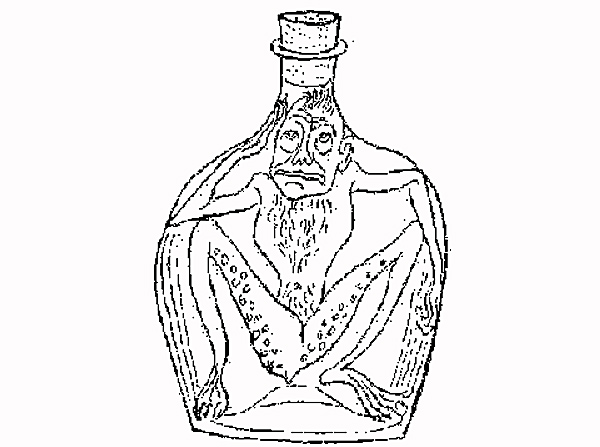







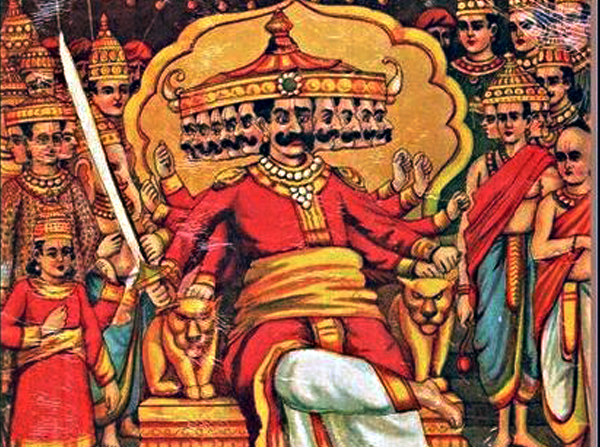
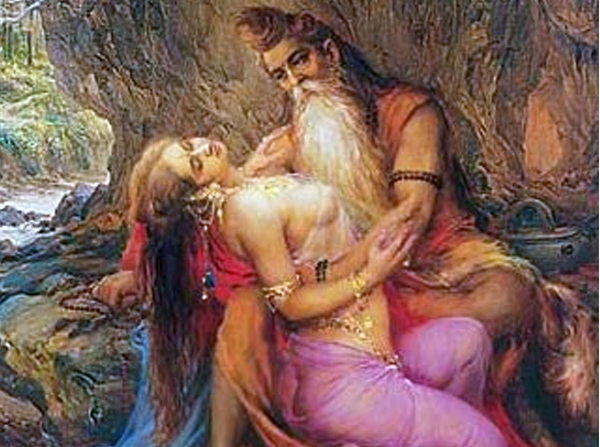
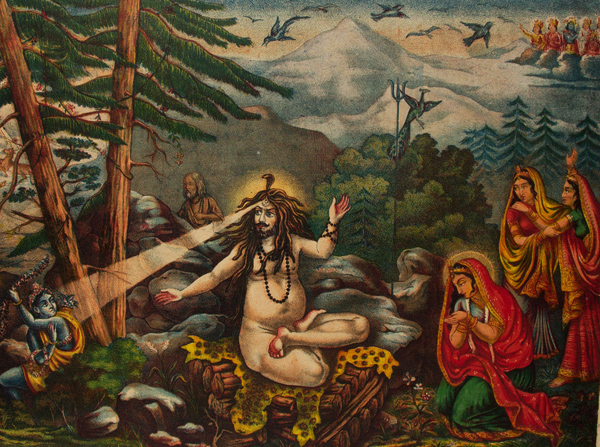 Puranic myths represent Shiva as an ascetic, deep in meditation sitting atop Mountain Kailash. To seek his attention and seduce the ascetic god, Devi performs tapas. But Shiva is unmoved and she seeks the help of Kama, the god of love, who shoots his floral arrow of enchantment, forcing the god to acknowledge his erotic vulnerability. Traditional Puranic narratives highlight this confrontation between Shiva and Kama, the destruction of Kama and the wrath of Shiva to underscore Shiva’s unshakable ascetic nature.
Puranic myths represent Shiva as an ascetic, deep in meditation sitting atop Mountain Kailash. To seek his attention and seduce the ascetic god, Devi performs tapas. But Shiva is unmoved and she seeks the help of Kama, the god of love, who shoots his floral arrow of enchantment, forcing the god to acknowledge his erotic vulnerability. Traditional Puranic narratives highlight this confrontation between Shiva and Kama, the destruction of Kama and the wrath of Shiva to underscore Shiva’s unshakable ascetic nature.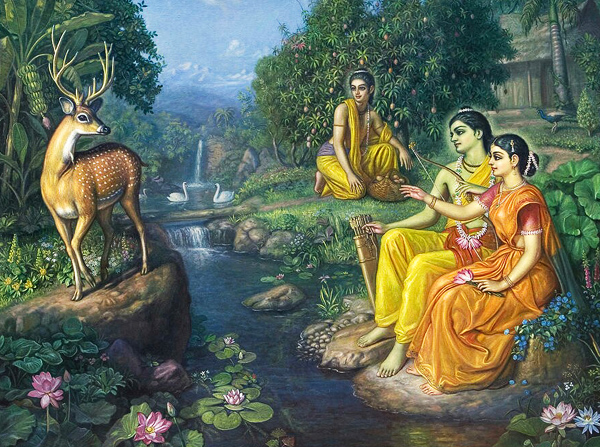

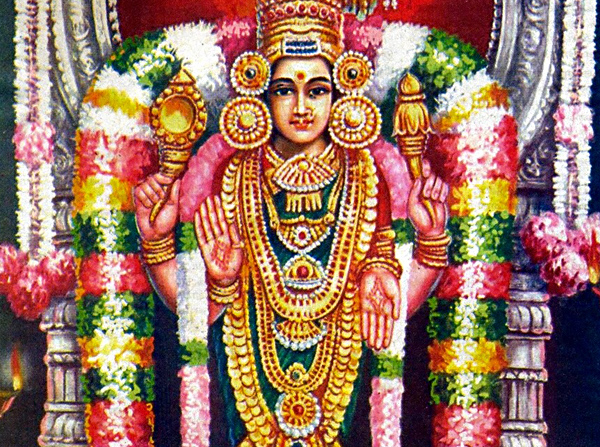 Not very long ago, there lived a Brahmin named Subramanyam Iyer in a small town called Thirukadaiyur in Tamil Nadu. His town had a famous Shiva temple where the presiding deity was Lord Amrithaghateswar and his consort, Goddess Abhirami (an avatar of Parvati).
Not very long ago, there lived a Brahmin named Subramanyam Iyer in a small town called Thirukadaiyur in Tamil Nadu. His town had a famous Shiva temple where the presiding deity was Lord Amrithaghateswar and his consort, Goddess Abhirami (an avatar of Parvati).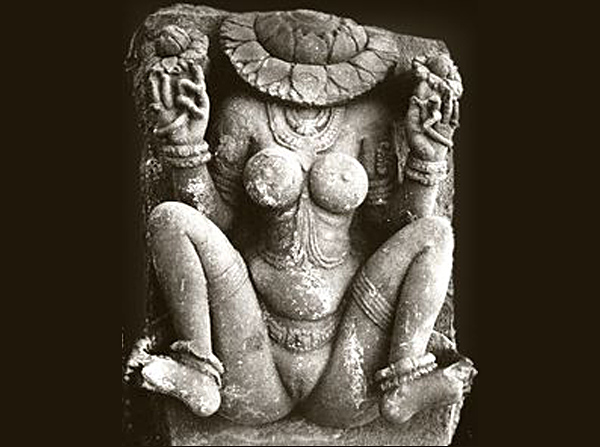
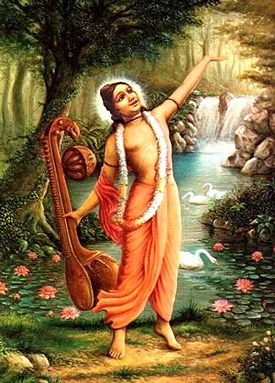
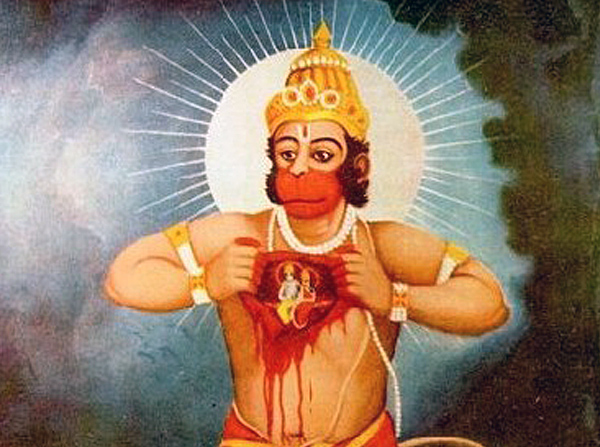 Hanuman and the mind immediately conjures up an image of him carrying the Sanjeevani mountain or kneeling at the feet of Lord Rama and Sita. Hanuman is the most favourite god in the Hindu pantheon in the recent times. He belongs to the tribe called Kimpurushas who are mystical beings that are half animal and half human. Did you know that Hanuman fought his first battle when he was still in his womb?
Hanuman and the mind immediately conjures up an image of him carrying the Sanjeevani mountain or kneeling at the feet of Lord Rama and Sita. Hanuman is the most favourite god in the Hindu pantheon in the recent times. He belongs to the tribe called Kimpurushas who are mystical beings that are half animal and half human. Did you know that Hanuman fought his first battle when he was still in his womb?